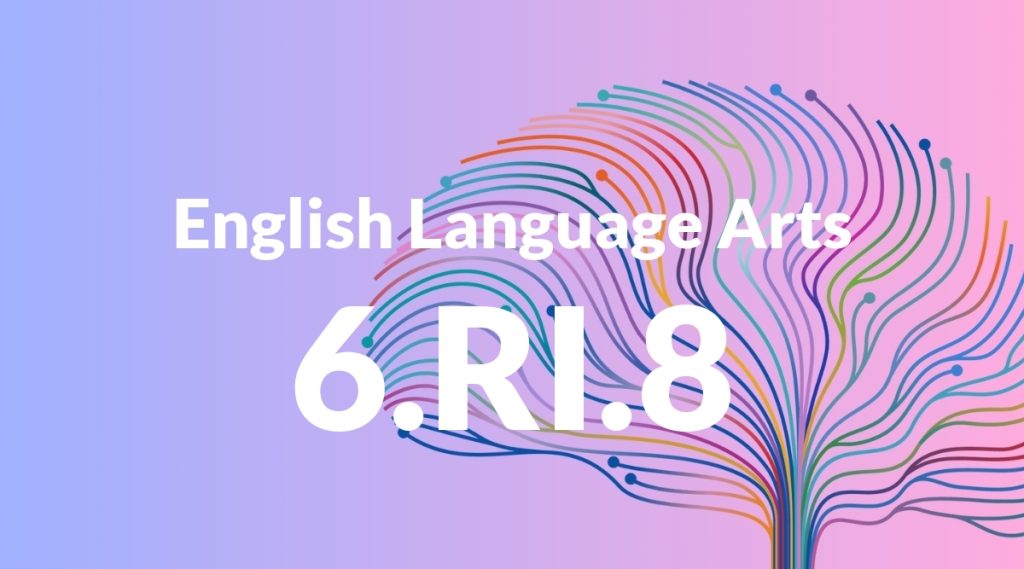Standard: 6.RI.8 – Trace and evaluate the argument and specific claims in a text, distinguishing claims that are supported by reasons and evidence from claims that are not.
Grade level: Grade 6
Subject: English Language Arts
Domain: Reading: Informational Text
Teacher Overview
This standard focuses on students’ ability to critically evaluate arguments and claims in informational texts. It is crucial for developing critical thinking skills and for understanding how to discern credible information in a world full of varying sources. Students should be able to identify the main idea and supporting details in a text and distinguish between facts and opinions.
Students will be able to construct their own arguments and support them with credible evidence, and they will be adept at critically analyzing more complex texts across different subjects.
Common Misconception 1
Some students may think that all claims in a text are equally valid. This is incorrect because not all claims are supported by strong evidence. It is important to teach students to look for specific evidence that supports each claim.
Intervention 1
Use guided practice with texts that clearly differentiate between supported and unsupported claims. Highlight the evidence that supports each claim and discuss why it is credible.
Common Misconception 2
Students might believe that personal opinions or anecdotes are strong evidence. This is a misconception because strong evidence typically includes data, statistics, and expert testimony, not just personal stories.
Intervention 2
Provide clear examples of strong evidence, such as research studies or expert opinions, and compare these with personal anecdotes to illustrate the difference.
Prerequisite Knowledge
Students should have a foundational understanding of identifying the main idea and supporting details in a text, as well as basic comprehension of fact versus opinion.
Subsequent Knowledge
After mastering this standard, students will develop skills in constructing their own arguments and supporting them with evidence, as well as critically analyzing more complex texts across different subjects.
Instructional Activities
- Group discussions evaluating the strength of claims in various texts
- Writing assignments where students must support their arguments with evidence
- Analyzing editorials or opinion pieces for supported and unsupported claims
- Debates where students must use evidence to support their positions
- Creating posters that distinguish between strong and weak evidence




